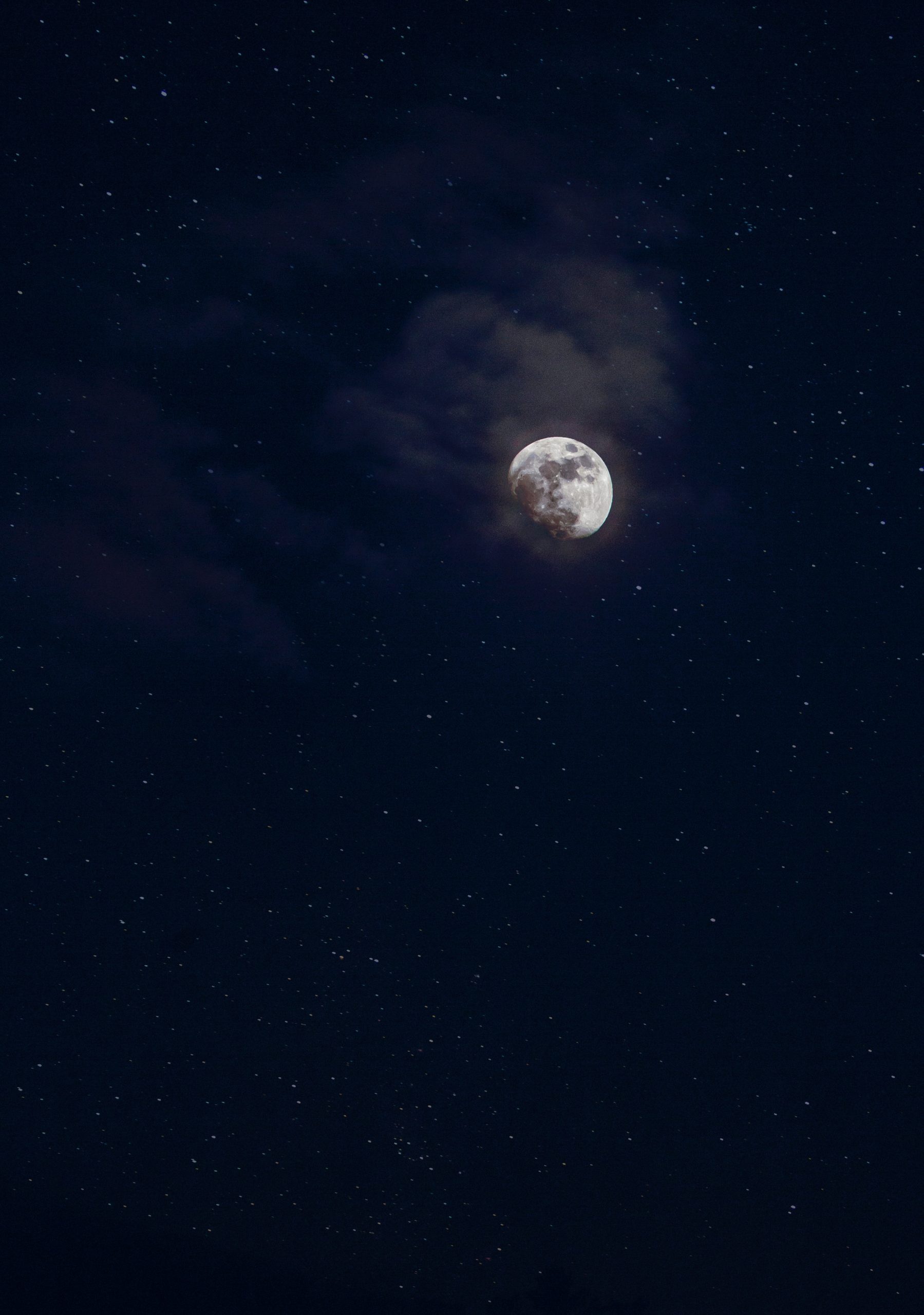Moon Phases for Planting: A Guide to Maximizing Your Garden’s Potential
Have you ever wondered why some plants flourish while others struggle to survive? The answer could lie in the moon phases. Farmers and gardeners have long believed that the lunar cycle affects plant growth and yield. This ancient practice, known as lunar gardening or moon gardening, has been passed down through generations and is still followed by many today.
In this comprehensive guide, we will explore the different moon phases and how they impact planting. By understanding the science behind moon gardening, you can harness the power of lunar cycles to optimize your garden’s potential, increase crop yield, and enhance overall plant health.
The Lunar Cycle: An Overview
The moon goes through several distinct phases as it orbits the Earth. These phases are a result of the moon’s position relative to the sun and the Earth. The four primary phases observed in lunar gardening are:
- New Moon: The moon is not visible in the sky as it aligns with the sun.
- First Quarter: The moon is 50% illuminated and appears as a half-moon shape.
- Full Moon: The entire face of the moon is illuminated and visible in the night sky.
- Last Quarter: The moon is 50% illuminated and appears as a half-moon shape once again.
Each of these moon phases has unique qualities that can impact plant growth. To practice lunar gardening effectively, it’s important to understand how each phase influences different aspects of planting.
New Moon: Planting Seeds and Root Crops
The new moon phase is characterized by darkness and is considered a time of rest for plants. During this phase, sap flow is minimal, and energy is primarily directed towards the roots. It’s best to focus on activities that involve the underground part of the plant, such as planting seeds or transplanting root crops.
If you’re sowing seeds during the new moon phase, start by selecting high-quality seeds that are well-suited to your climate and soil conditions. Use this time to plan and prepare your garden beds, ensuring they are free from weeds and adequately nourished with organic matter. Planting root crops like carrots, beets, and radishes during this phase can result in stronger root development.
First Quarter: Leafy Greens and Above-Ground Crops
During the first quarter, the moon’s gravitational pull and the increasing illumination trigger above-ground growth. This phase is ideal for planting leafy greens, annual flowers, and any crop where you consume the above-ground parts, such as broccoli or peas.
When selecting plants for this phase, prioritize those that produce edible leaves or have an emphasis on leafy growth. Use well-composted soil to give your leafy greens a nutrient-rich environment. Thinly transplant seedlings to provide ample space for their growth. This phase is also great for pruning, pinching, and training your plants to promote healthy foliage.
Full Moon: Flowers and Fruiting Crops
As the moon reaches its fullest phase, it exerts the greatest gravitational pull on Earth. Lunar gardeners consider this the most potent time for planting and harvesting. The energy during this phase is focused on the flowers and fruits of plants, making it an ideal time to sow seeds or transplant flowering and fruiting crops.
For flowering plants, choose varieties that produce vibrant, fragrant blooms. Properly space your plants, giving each one enough room to reach its full potential. Mulching around the base of these plants will help retain moisture and protect your soil during the moon’s peak energy.
When it comes to fruiting crops, opt for vegetables like tomatoes, peppers, cucumbers, and squash. These plants benefit from the full moon’s energy as it promotes healthy flowering and increases the likelihood of successful pollination.
Last Quarter: Harvesting and Pruning
The last quarter phase is a time of decreased gravitational pull, signaling a rest period for plants. It is best utilized for activities that involve slowing down growth, such as harvesting, pruning, and weed control. As the moon wanes, sap flow diminishes, making it easier to control unwanted growth.
Harvest fruits and vegetables during this phase when their moisture content is at its lowest. Pruning excess branches and removing spent flowers will redirect the plant’s energy more efficiently. Weeding during the last quarter is also highly effective as plants have reduced vigour and weed seeds are less likely to resprout.
Conclusion
Moon gardening is a fascinating practice that aligns planting activities with the natural rhythms of the moon. By understanding the specific impacts of each moon phase, you can enhance your gardening efforts and maximize your garden’s potential. Whether you’re planting seeds, nurturing foliage, encouraging flowers, or harvesting produce, practicing lunar gardening may help you achieve greater success.
Remember that lunar gardening is just one tool in your gardening arsenal. Combine it with other best practices like proper soil preparation, watering techniques, and pest control for an all-encompassing approach to a thriving garden.
So, the next time you venture out into your garden, take a moment to glance up at the night sky. The moon might just hold the secret to unlocking your garden’s full potential.
Table of Contents
